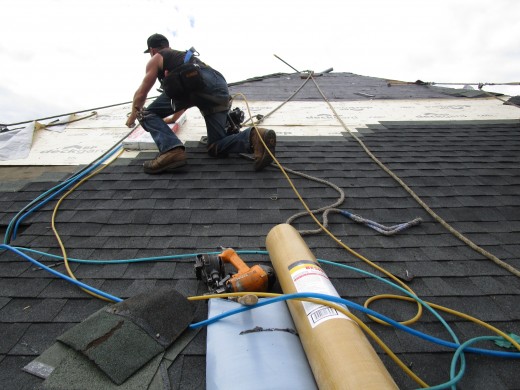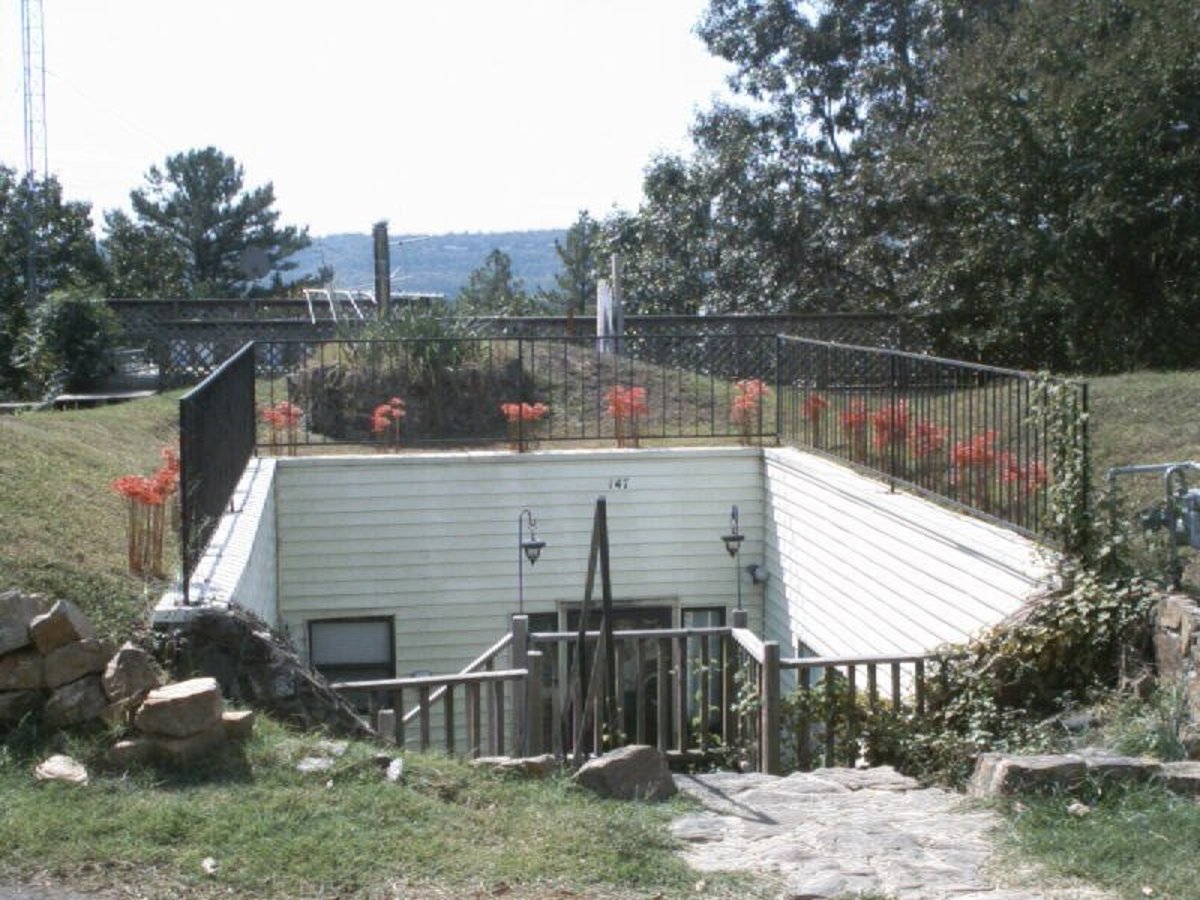Your Roof Has A Life Expectancy, Here's How To Extend It.
Without A Roof, You're Literally Out In The Cold.
Most of you reading this will live under a roof of some sort. Whether that roof is shingled, tiled or metal. The roof is the most important part of any home because, without it, we might as well just be outside with the animals in the cold and miserable environment.
Investing into your roof is an incredible priority in terms of property management. If you cheap out, you'll either have insane levels of issues or simply just have to replace frequently. Which in the long run will cost you significantly more money.

Lifespan Breakdown
The lifespan of your roof will largely depend on the material in which it's made out of. Here's a quick breakdown of typical lifespans of each type:
Metal Roof - 30-45 Years
Concrete Tile - 35-50 Years
Asphalt Shingles - 15-18 Years
Cedar Shake - 30-40 Years
Now keep in mind that these numbers can vary significantly depending on the conditions the roof is subjected to.There are also multiple factors that will contribute to the degradation of your roof quicker than normal.
Factors are as followed:
The color of your roof: The darker the roofing material, the more heat that it absorbs leading to a serious hit in its lifespan.
Installing over an old roof: Multiple layers on your roof will undoubtedly decrease its longevity. You should always have the old roof removed entirely before adding another one.
Quality materials: If you cheap out and get discount materials, you can expect a roof that will look just as cheap and not last as nearly as long as it could.
Attic Ventilation: Having inadequate ventilation and insulation will cause a noticeable reduction in the lifespan of your roof.
Weather: Significant weather variations, like those in Ontario (still a solid place to live though) are hard on roofing materials and will degrade them quicker compared to a roof in a more stable climate setting.
Regular Maintenance Extends The Lifespan
- Inspect your roof regularly - Check for serious debris, and in the spring check for bulges in your shingles that ice may have warped over the winter.
- Check the flashing - Flashing is a prime target for leaks simply because it's covering a hole in the roof. Check the flashing around vents, exhaust pipes, and chimneys. Make certain it isn't bent or punctured and that the sealant isn't dried out or loose.
- Look for animal damage - Squirrels, chipmunks, raccoons, and birds will all invite themselves to get comfortable in and around your roof if given half a chance. If areas of your roof have been weakened by rot, it will provide an easy access point to every little creature with a heartbeat that can fit in the hole.

One More Thing Before We Go
Make sure that you're making friends with your local roofers. It's imperative that you set up a schedule for yearly inspections. it probably won't cost too much since the roofer will appreciate the repeat business. The roofer will also know that if something does go wrong with your roof, that he'll likely be the one fixing it.








